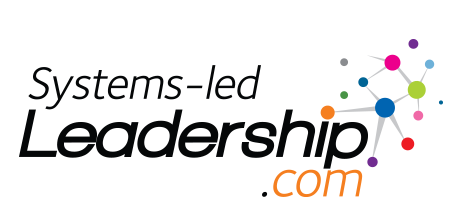Systems-led Leadership Roles & Models
Submitted by Daniela-Papi Thornton
The concept of taking “systems-led” actions is meant to convey the concept of checking in with what is happening in the system and then letting the current state of the system lead our actions. This requires coupling the needs of the system with a humble self-awareness of our own realm of possible contributions. In other words, someone taking a system-led action knows they can’t “change” the system on their own, but that they might find a way to contribute to collective change by taking action aimed at increasing the positive impact of another node(s) in the system.
I believe this is how change happens – many actors, some coordinated and some not, taking small and big steps towards change. These many actions, from individuals or organizations working to connect, convene, educate, share, or start something can contribute to big changes in a system when these actions are all layered up. This model embraces social enterprise start-ups, as one way to add another node to the system, and it embraces collective impact models and the system leaders who champion them, as a way to accelerate change. But this model doesn’t leave the onus of change simply to the social entrepreneurs and the long-term commitment of systems leaders. It asks educators to consider how they might educate ALL of the students in a classroom to be prepare and eager to contribute to systems change, no matter what role they find themselves in. This approach asks that all students be given the tools to understand systems and systems thinking, that they understand how systems change, and that they be invited to humbly consider how they might contribute to shifting our many unhealthy systems.

